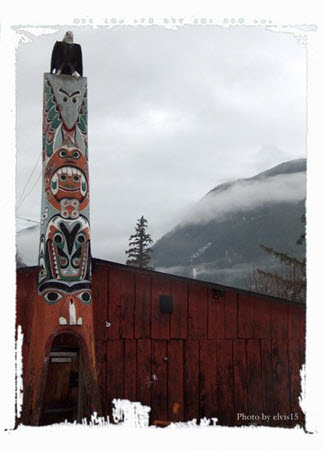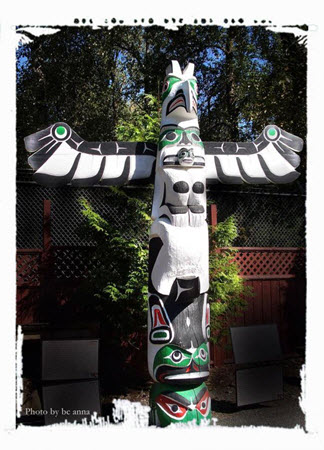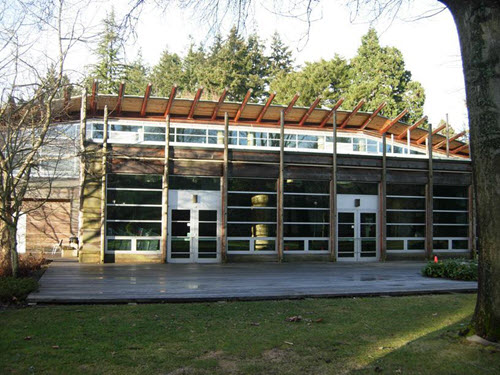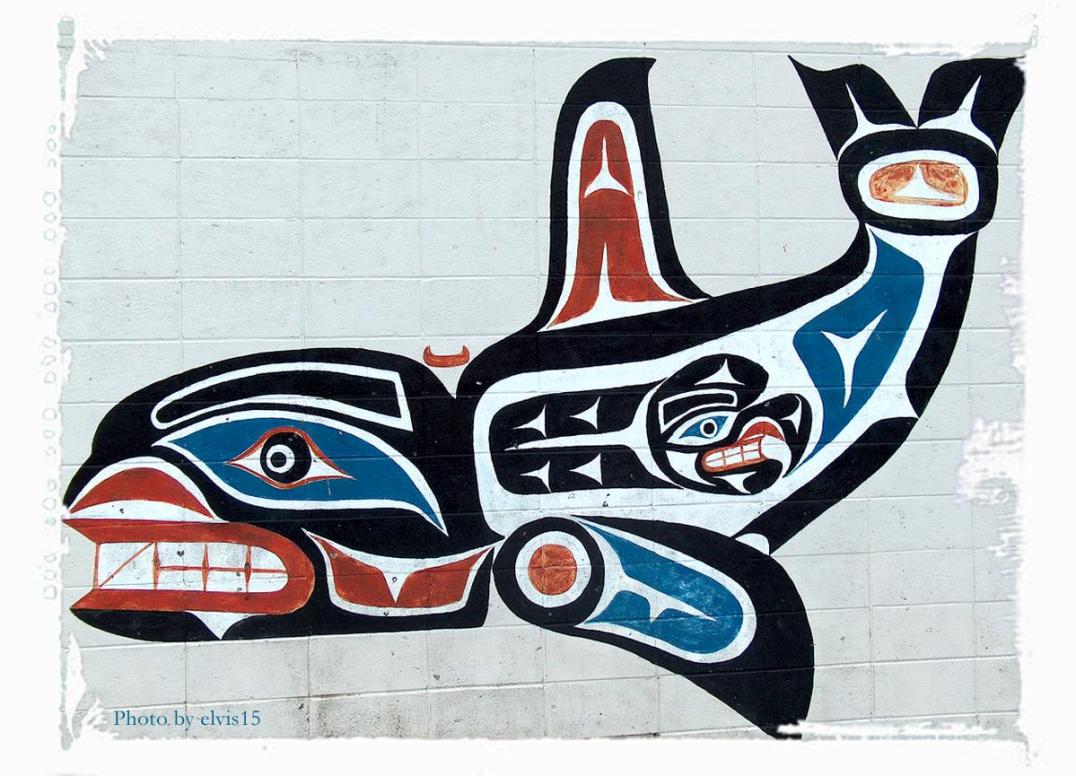Overview
The purpose of this project was to develop alternative service delivery modes for Aboriginal Education. While having a research and development meta-structure, it was built on the implementation of one pilot course, EDUC 240, part of the Native Indian Teacher Education Program (NITEP) offered in four different locations (four sections): in Bella Coola, Duncan, Kamloops and Vancouver (UBC).
The exact needs in terms of the length of the course, course content and the prospective audience were identified, based on consultations with representatives from UBC and Aboriginal communities. By conducting a literature review, we hoped to learn more about the effects and practices in the implementation of educational technology with Aboriginal students. Based on that review as well as on professional experiences at UBC and in the community, we determined a set of teaching approaches and instructional strategies, and made a selection of the most suitable tools to deliver the content. The design and development of a mixed-mode course in WebCT environment included: a) preparing practical face-to-face workshops and sessions, b) developing interactive materials to support the online course content, and c) evaluating the effectiveness of these materials, approaches and delivery modes. NITEP and LLED (Language and Literacy Department) assigned course authors who wrote the course content. External Programs and Learning Technologies (EPLT) provided technical and instructional support.
Goals
The goal of the project was to build capacities in three different areas:
- with the faculty in using technology and teaching online;
- with the students by engaging a “tech-coach” every term to provide tech support to his/her peers (a student from the community), and by hiring a research assistant of Aboriginal background who remained a long-term liaison between UBC and Indigenous communities; and
- with the community members by training a community coordinator as administrative support for this course and the courses offered in the future.
Deliverables
- The first phase was to advance and modify current online tools and processes to better meet the needs of UBC Aboriginal learners in remote communities. Immediate and long-term benefits were expected to be the development of these tools and processes, as they were to be transferable to other online courses for Aboriginal learners.
- The second phase was to analyze the efficacy of a “mixed-mode” delivery process, in which online and face-to-face learning were blended. Of interest here was the efficacy of combining the two modes with Aboriginal learners.
Literature reviews
- Technology & Indigenous Education: IK/Technology/Pedagogy/In Relationship, by Jocelyn Robinson
- Technology & Indigenous Education: Annotated Bibliography, by Jocelyne Robinson
- Indigenous Education & Pedagogy: Annotated Bibliography, by Susan Balfour
- Barriers to Learning, by Ahava Shiva
- Poster from the presentation at eLearning open house at UBC. Design: Rinat De Picciotto
- Poster submitted for Celebrating the 60th Anniversary of the Universal Declaration of Human Rights competition. Design: Rinat De Picciotto
Conference presentations
- NMC (New Media Consortium) Conference, Princeton (June 2008)
- EDGE Conference, St. John’s Newfoundland (October 2010)
Publications
Boskic, N., (2010). Blended learning: reaching aboriginal students in remote locations. Proceedings of Edge 2010 Conference: eLearning: Horizon and Beyond. October 12-15, 2010, St. John’s, Newfoundland and Labrador. comment
Boskic, N., & Hu, S. (2012). Blended learning: The road to inclusive and global education. In Transcultural blended learning and teaching in postsecondary education (283-301). IGI Global.
The face-to-face workshops were used to establish an initial relation with an instructor at the beginning of the course, but also two more times during the course (in the middle and at the end of the course) to strengthen that relation. The online mode was used to bridge the time between the workshops, and to actively engage students in independent and collaborative learning processes.
The initial literature review considering aboriginal learners and online environments was completed at the beginning of the project before the course development. We had learned from the offering of the course in four different sites that we needed more theoretical background about specific issues and deeper understanding of Aboriginal learning processes before the major revision of the course. Therefore, a second round literature review was conducted after the course development.
The content of the course was presented in various modalities. Each weekly module started with an audio introduction to the topic, recorded by a young member of the Aboriginal community. The students engaged with the content through text, video material, images and graphs. The visuals used in the course were photographs taken at the locations of the learning sites or from a course author’s personal collection. Students were able to respond to their assignment requirements either through text or audio.
The evaluation of the effectiveness of the alternative service mode was performed in a number of ways, both in formative and summative form. Based on its results, modifications and revisions were done at the end of the project.
EDUC 240
Photographs in this gallery were either taken on four different locations where EDUC240 was offered (Vancouver, Bella Coola, Duncan and Kamloops) or were part of the course.











This text will automatically change to the first data-caption value in the list.
Project Team
Project Management
Natasha Boskic, Educational Technology Manager, EPLT
Course Authorship and Instruction
Carrie Reid, Mostly Salish Consulting, Duncan
Consultations
Tim Wang, Instructional Developer, ISIT, Faculty of Arts, UBC
Administrative Support
Heather Commodore, Graduate Student
Graphic Design and Media Support
Rinat De Picciotto, EPLT
Literature Review
Susan Balfour, Graduate Student
Jocelyne Robinson, Graduate Student
Ahava Shira, Graduate Student
The project was realized thanks to the support of
Dr. Jo-ann Archibald, Associate Dean for Indigenous Education and Acting Director of NITEP
Dr. Jan Hare, Associate Professor in Language and Literacy Education, MDA,
Dr. Mark Edwards, Director of External Programs and Learning Technologies
local Indigenous coordinators and course instructors Petrina Dester (Bella Coola), Karen Blain (Kamloops) and Marny Point (Vancouver)
